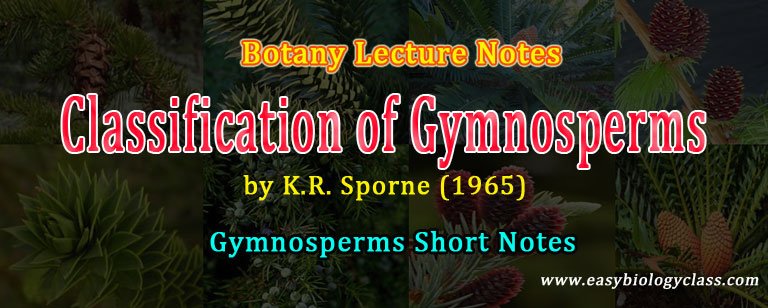Gymnosperms vs Angiosperms
Gymnosperms and Angiosperms are two major groups of Seed Plants (Cryptogams). In the previous post, we discussed the General Characters and Affinities of Gymnosperms. Here, in this post, we will discuss the Similarities and Difference between Gymnosperm and Angiosperm.
Similarities between Gymnosperms and Angiosperms
Ø The main plant body in both gymnosperms and angiosperms is the diploid sporophyte.
Ø In both groups, the sporophyte is differentiated into root, stem and leaves.
Ø Vascular bundles are conjoined, collateral and open.
Ø Secondary growth is present in gymnosperms and angiosperms (dicots)
Ø Anomalous secondary thickening occurs in some gymnosperms and angiosperms.
Ø Vessels and companion cells occur in some Gymnosperms (Gnetales).

Ø Pollination occurs in both groups.
Ø Similar to gymnosperms, some Angiospermic plants are wind-pollinated.
Ø In both groups, the gametophytic generation is highly reduced.
Ø Gametophytic generation is completely dependent on the sporophytic generation in both groups.
Ø Fertilization is siphonogamatic (with the help of pollen tube) in both groups.
Ø The development of megaspore into female gametophyte takes place inside the megasporangium (ovule) in both groups.
Ø Well-developed embryo development is there in both groups.
Ø Suspensor is formed during the embryo development in both groups.
Ø Polyembryony is frequent in gymnosperms and in many angiosperms.
Ø In both groups, the ovules develop into seeds.
Ø The seed germination epigeal or hypogeal.
Difference between Gymnosperm and Angiosperm
Sl. No. Gymnosperms Angiosperms
1 Gymnosperms are mostly trees Angiosperms may be herbs, shrubs or trees
2 Gymnospermic plants are evergreen plants Most of the angiosperms are seasonal
3 Leaves of gymnosperms are need like and thick Leaves of angiosperms are usually flat
4 Xylem vessels are absent Xylem vessels are present
5 Companion cells are absent in the phloem Companion cells present in the phloem
6 Wood is soft-wood type Wood is hard-wood type
7 Reproductive structures are aggregate to form cones Cones are not produced in angiosperms
8 Flowers are not produced Presence of flower is a characteristic feature of angiosperms
9 The strobili in gymnosperms are unisexual (either male or female, never both) Flowers usually bisexual in angiosperms
10 Ovules are naked in gymnosperms Ovules covered inside the ovary
11 Ovary absent Ovary present
12 Pollination by wind only(Anemophily) Pollination may occur through wind, water or most frequency by animals (pollinators)
13 Style and stigma absent in gymnosperms Style and stigma present
14 Archegonia is present Archegonia is absent
15 Double fertilization absent Double fertilization present in gymnosperms
16 The endosperm is haploid in gymnosperms The endosperm triploid in angiosperms
17 The embryo is with one, two or many cotyledons The embryo in angiosperms is with either two (dicots) or one (monocots) cotyledons
| You may also like... | ||
|---|---|---|
| NOTES | QUESTION BANK | COMPETITIVE EXAMS. |
| PPTs | UNIVERSITY EXAMS | DIFFERENCE BETWEEN.. |
| MCQs | PLUS ONE BIOLOGY | NEWS & JOBS |
| MOCK TESTS | PLUS TWO BIOLOGY | PRACTICAL |
You might also like…
@. Difference between Gymnosperms and Pteridophytes
@. Gymnosperms General Characters
@. Economic Importance of Gymnosperms

Thanks so much. It was very helpful